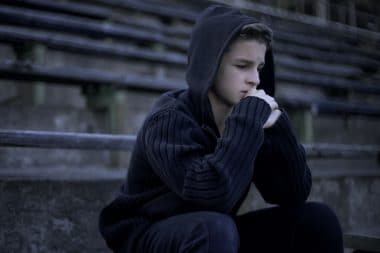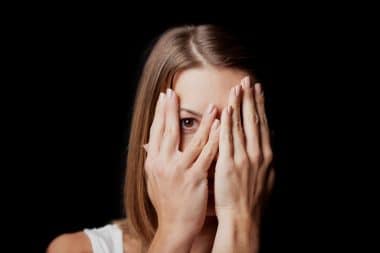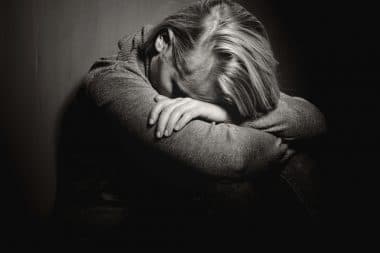When late summer turns to fall, it’s natural to feel a little bit down; however, the depression can be a lot more severe for some people if they suffer from seasonal affective disorder (SAD).
Feelings of sadness, unhappiness, or low-level anxiety are things that most of us will experience at one time or another. However, they are very different from clinical depression, and SAD falls under this umbrella term.
As you might expect from the name, the condition is a type of depression that reflects a seasonal pattern. In the vast majority of cases, it is worse during the onset of the colder, darker months. That is why it is sometimes also known as ‘winter depression.’
Symptoms
As with most types of depression that arise from various causes, SAD symptoms can vary from person to person to a considerable degree, but several common effects usually present themselves. They can be persistently feeling low, a lack of being able to gain pleasure or interest in usual activities and being irritable and lethargic. More serious effects can include profound feelings of despair and worthlessness.
In physical terms, sleeping patterns can be disrupted with lethargy making daytime sleeping common, and diet can be affected by a craving for carbohydrates, leading to weight gain. All in all, the various combinations of these symptoms can make it difficult for SAD sufferers to maintain a normal, healthy daily routine.
Treatment
Thankfully different treatments have proven effective in combating SAD, some of which you can try for yourself and others that need healthcare professionals’ involvement.
Lifestyle changes can make a real difference and can be as simple as making sure you get enough exposure to natural sunlight as possible. This can be achieved by exercising outdoors regularly and could even take the form of a simple walk. Not only can this help with managing stress levels, but it also works on one of the main ways that SAD may have a physical cause. Similarly, various styles of light therapy using a special lightbox can give timed exposure to full-spectrum light.
Other successful treatments involve various therapy approaches. Online therapy for depression can be a discrete and easy way to follow this path as it gives you control over how you access the service, which allows you to do so from the comfort of your home.
Several types of so-called ‘talking therapies,’ including cognitive-behavioral therapy (CBT) or counseling, can dramatically help SAD sufferers and are proven ways to make a positive difference.
Of course, if your symptoms are causing significant problems to your day-to-day life, you should always seek out the advice of your regular doctor or another specialized medical professional. They can make a qualified assessment of your condition and suggest the best way forward.
Causes
The cause of SAD is not entirely clear as there are many different symptoms, and the effects can cover quite a broad spectrum without an obvious physical or mental trigger. Reduced sunlight levels during the shorter days of fall and winter are thought to play a significant role. The current thinking behind this is that a lack of sunlight may directly affect how the brain’s hypothalamus region works.
In detail, melatonin is a hormone that regulates sleep patterns, and it is produced in higher than normal levels in many people who suffer from SAD. Another hormone, serotonin, also affects sleep but has wider impacts on mood and appetite. A lack of sufficient sunlight has been shown to cause lowered serotonin levels.
The body’s circadian rhythm is an internal body clock that controls many different processes and functions, many of them automatic. Sunlight is used naturally to time various bodily events, such as waking up in the morning and feeling sleepy at night. Any disruption to this system causes knock-on effects that are usually negative and lead to some of SAD’s symptoms.
It is also thought that some people may have a genetic disposition to SAD because it does appear to be shared in some family groups.
Living with SAD
For many people, living with SAD is something that they have to deal with year in and year out. It might be hard to come to terms with the fact that the changing seasons can have genuine effects on health and well-being. However, once this has been established, the good news is that measures can be taken to deal with it and improve your quality of life.
The main thing is not just to accept that shorter days and longer nights might cause you real problems. Ensuring you take positive steps to fight back and minimize the effects is vital. A big part of dealing with any form of depression is recognizing and accepting that there is a problem because that means you can start looking for the solution best suited to you and your circumstances.








Reply